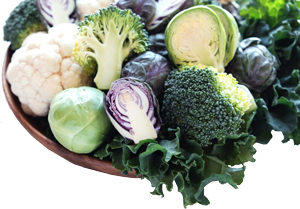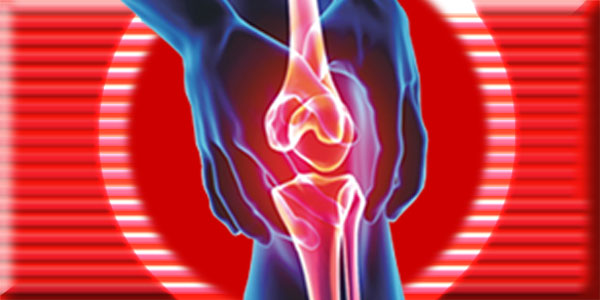

Broccoli (Brassica oleracea var. italica) is an edible green plant in the cabbage family (family Brassicaceae, genus Brassica) whose large flowering head, stalk and small associated leaves are eaten as a vegetable. Broccoli is classified in the Italica cultivar group of the species Brassica oleracea. Broccoli has large flower heads, usually dark green, arranged in a tree-like structure branching out from a thick stalk which is usually light green. The mass of flower heads is surrounded by leaves. Broccoli resembles cauliflower, which is a different but closely related cultivar group of the same Brassica species.
Brokuły mogą być spożywane na surowo lub gotowane. Ale trzeba podkreślić, że gotowanie w wodzie znacznie zmniejsza zawartość skladników aktywnych.
Brokuły dostarczają składniki odżywcze, m.in. witaminy – są szczególnie bogatym źródłem witaminy C i K, dostarczają również witaminy A i E oraz liczne składniki mineralne, w tym potas, cynk, żelazo, selen, miedź i mangan. Poza tym błonnik, węglowodany, koenzytm Q10
Roślinne metabolity wtórne są produktami naturalnymi, które pozwalają roślinom oddziaływać ze środowiskiem zewnętrznym, regulować procesy wewnętrzne oraz reagować na stresy zarówno abiotyczne, jak i biotyczne.
Brokuły, tak jak inne rośliny należące do dużej grupy warzyw krzyżowych (cruciferous), zawierają związki siarki organicznej nadającej im charakterystyczny zapach. Do najważniejszych należą: glukozynolany i sulfotlenki s-metylocysteiny, które są głównymi związkami siarkowymi. Flawonoidy, antocyjany i karotenoidy stanowią grupę bioaktywnych związków barwnikowych. Dochodzą do tego polifenole, kumaryny, antyoksydanty oraz terpeny stanowiące istotną grupę składników o korzystnych dla zdrowia właściwościach.
Zawartość glukozynolanów zawierających siarkę, izotiocyjanianów i sulforafanu, zmniejsza się po gotowaniu w wodzie, ale lepiej zachowuje się podczas gotowania na parze, w kuchence mikrofalowej lub podczas smażenia (stir-frying).
Warzywa krzyżowe dostarczają glukozynolany w tym glukorafaninę, synigrynę i glukonasturcynę związki należące do grupy izotiocyjanianów. Z rozpadu glukorafaniny przeprowadzonej za pośrednictwem enzmu mirozynazy powstaje sulforafan. Istnieją doniesienia, że może być czynnikiem chemoprewencyjnym[1], wspomagającym usuwanie z ciała toksyn i substancji kancerogennych[2].
 |
 |
 |
||
| Glukorafanina | Glukonasturcyna | Synigryna |
Sulforaphane occurs primarily in cruciferous vegetables, e.g. Brussels sprouts, cauliflower, cabbage, broccoli, kale, kohlrabi, wasabi, arugula, mustard, turnip, cress, radish, Chinese cabbage, Brussels sprouts, Rabb broccoli, cauliflower sprouts[1]. The highest concentration of sulforaphane, up to 100 times higher than in other cruciferous vegetables, is found in broccoli sprouts[3].
Since the presented product is a dietary supplement and, according to the law, it cannot be attributed therapeutic properties, it is worth reading the text published on the website → Sulforaphane - Uses, Side Effects, and More
While its true that the precursor to Sulforaphane, Glucoraphanin is present in all kinds of cruciferous vegetables from cabbage to kohlrabi, young sprouted broccoli seeds contain up to 100 times more of it weight for weight compared to mature broccoli florets. Juicing broccoli sprouts or whizzing them up in a green smoothie is a great way to get your daily dose of this seemingly magical isothiocyanate and growing your own broccoli sprouts is both cheap and easy.


Phytomedica Polska
✉ 22 Farbiarska street, 02-862 Warsaw, Poland
✆ +48 22 487 14 44
✆ +48 22 651 75 60
@ info@phytomedica.pl
If you have not found the answer you are looking for, fill out our form and send your inquiry to us!